Introduction to Microelectromechanical Systems (MEMS)
If you have used an accelerometer or a capacitor before, then you have already come in contact with Microelectromechanical Systems! Though this system sounds long and complicated, it is actually an interesting technology that has many uses. So do stick around to understand and find out what exactly is MEMS!
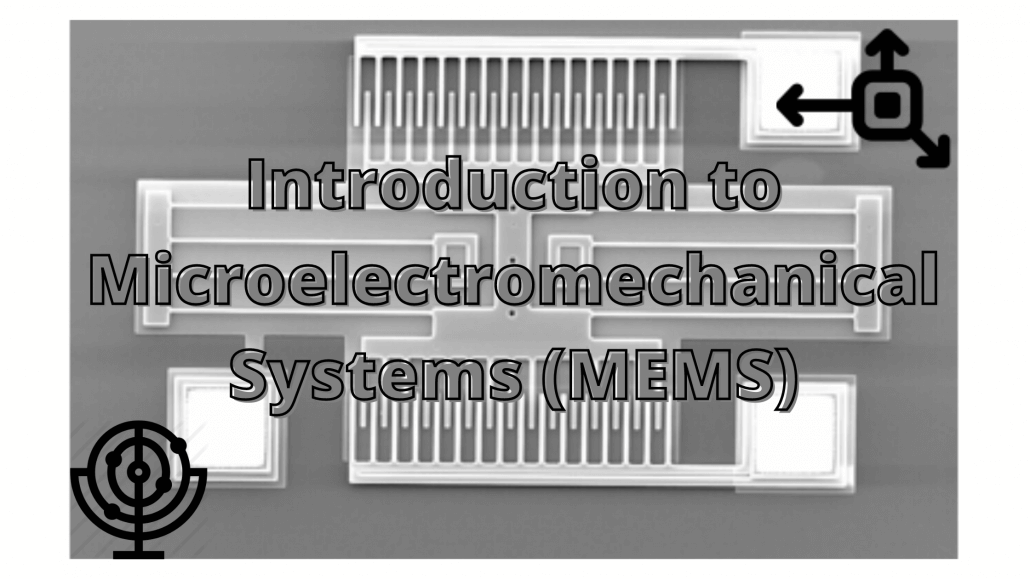
Before we get straight into our topic today, here are some basic concepts you’re encouraged to recap:
- Electricity: The movement of positive and negatively charged particles.
- Voltage: The difference in charge between the two points.
- Current: The flow of electrical charges.
- Resistance: The measure of opposition to the flow of current.
- Capacitors: Devices that store electrical energy in an electric field.
- Integrated Circuits (ICs): Semiconductor wafers that hold thousands and millions of resistors, capacitors and transistors.
Do click on the links above to read each of these basic concepts in-depth. And now putting that aside, we can move on to what will be covered in this article:
- Overview of MEMS
- Application of MEMS
- Projects with MEMS
Overview of MEMS
What are MEMS?

Microelectromechanical Systems (MEMS) are the integration of mechanical parts and electronic circuits on a common semiconductor chip through the microfabrication technology.
Construction of MEMS
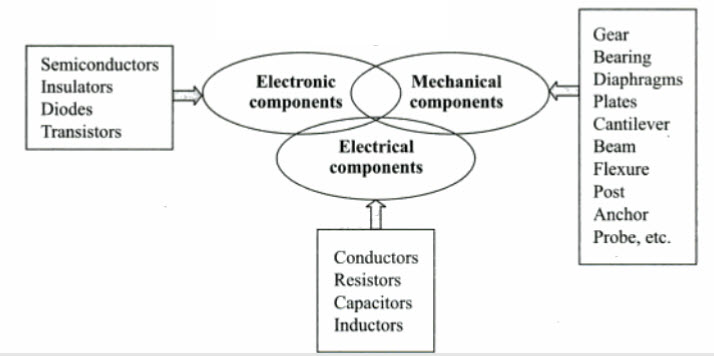
As you can see from the diagram, MEMS consists of electronic components, mechanical components and electrical components. But apart from that, there are also microsensors, microprocessors, microactuator and data processing units. With the MEMS technology, all these parts are able to able to be integrated into the same substrate.
What are MEMS Sensors?
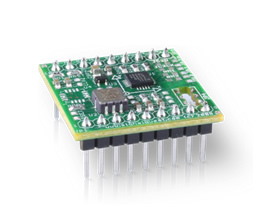
They are high accuracy inertial sensors that are used in a wide range of industrial applications. And the sensors use MEMS technology, which allows them to detect and measure pressure.
How do MEMS Sensors work?

Inside of the MEMS sensor, a suspended mass is placed in between the capacitive plates. The suspended mass will stay in the original position when there is no force acting upon it, as shown in the diagram above.

When a force is applied to the sensor, the suspended mass will react to the force and start to tilt. This would then cause an electrical potential difference and be measured as the change in capacitance. This signal will then be amplified to produce a stable output signal in digital, 4-20mA or VDC.
Variants of MEMS Sensors
As we mentioned before, MEMS technology is widely used in industrial, especially the automotive industry. Here are some common MEMS sensors you may have come across in your projects:
Accelerometers

Accelerometers are electromechanical devices that measure acceleration, the rate of change in velocity of an object. Simply put, it is a device used to respond to any vibrations associated with movement.
If you’re interested, Seeed does offer a variety of accelerometers as well so do check them out!
Gyroscopes
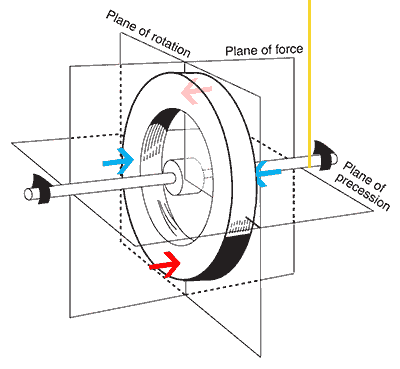
Gyroscopes contain a rotor that’s suspended inside three rings called the gimbals. With the precession effect, this allows the gyroscopes to defy gravity when the spin-axis is rotated. Thus, it’ll automatically adjust itself sideways.
Similarly, do check out the gyroscopes we offer here at Seeed as well!
Magnetometer
The magnetometer is an instrument that measures the strength, direction of the magnetic field. There are 2 types of magnetometers, Vector and Scalar magnetometer. Apart from that, magnetometers are often used as metal detectors as well.
Applications of MEMS
There are many applications of MEMS sensors. Thus, we will only be listing a few examples that you may have come across in your daily life!
Smartphone
Yes, the smartphone you’re using on a daily basis has MEMS sensors in it, such as the accelerometer and gyroscope! The accelerometer not only allows you to auto-rotate, but there are also apps that utilise it for health purposes. While the gyroscope enables you to use the GPS!
Inertial Measurement Unit (IMU)

The Inertial Measurement Unit, or better known as IMU, is a 9-axis sensor that measures orientation, velocity, and gravitational forces. Thus, it combines 3 MEMS sensors: Accelerometer, Gyroscope and Magnetometer. Which allows IMUs to be used in remote-controlled helicopters, drones etc.
Printers
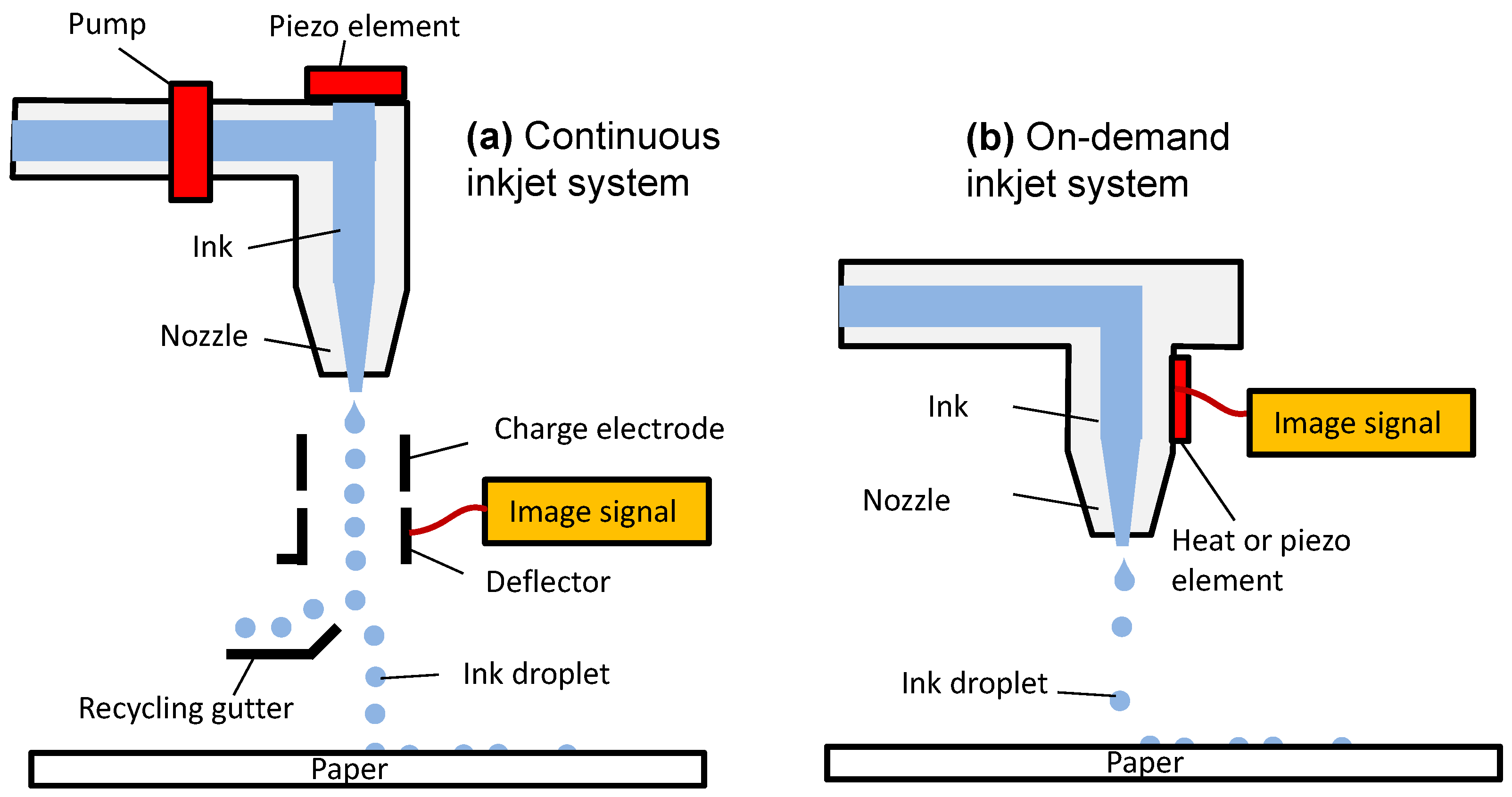
The printer that you use to print out your documents uses MEMS technology as well! Though it doesn’t use MEMS sensors, the printer’s Inkjet print heads consist of a glass top-layer part and a silicon bottom-layer part, thus, it is made out of Silicon MEMS and they are now often used in our daily life.
Projects with MEMS Sensors
Let’s look at some of the interesting projects you can do with MEMS sensors!
Hidden Maze Mapper
Interested to build your very own automatic mapping device? If you own a magnetometer or our Magnetic Rotary Position Sensor, you’ll never have to think about solving a puzzle again!
What you’ll need:
- Arduino UNO Rev3 // Seeeduino V4.2
- 2 x Grove – 12-bit Magnetic Rotary Position Sensor / Encoder (AS5600) (Magnetometer)
Sounds fun? Do check out the project for more details!
A Posture Detector Sending Bluetooth Data to a Cordova App
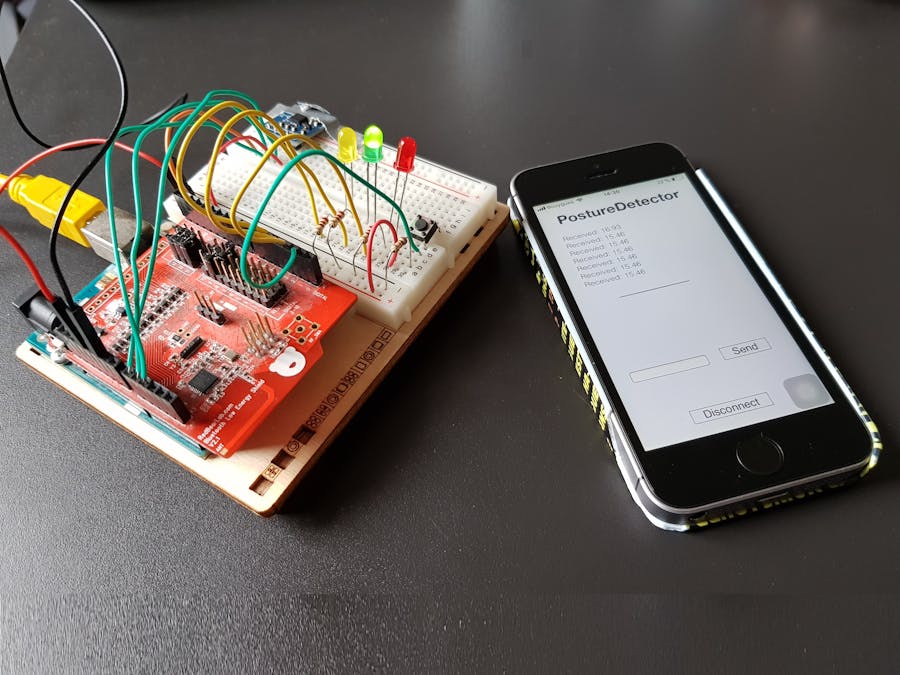
Do you struggle with back pain? This could be due to your bad posture! With this project, you’ll be alerted through your phone immediately which would help to improve your health in the long run!
What you’ll need:
- Arduino UNO Rev 3 // Seeeduino V4.2
- Analog accelerometer
- LEDs: Red, Yellow, Green
- pushbutton switch
- breadboard
- BLE shield
Sounds like something up your alley? Do check out this project to learn more about it!
Gyroscope Fun with NeoPixel Ring

Want to build a device that lights LEDs corresponding to the angle of inclination? This project allows you to do just that using a gyroscope and Neopixels!
What you’ll need:
- Arduino Pro Mini 328P
- Breadboard
- MPU6050 gyroscope
- 24 NeoPixel LED Ring
- 4 x AA battery pack with 4 batteries
- U-shape jumper cables (optional)
If this sounds like what you’ll want to experiment with a gyroscope, do check out this project!
Summary
That’s all on MEMS and MEMS Sensors! What do you think? Hope that this article has helped you better understand how MEMS and MEMS sensors work! Do check out the links below for more articles like this. Happy reading!
Suggested Readings
- How to use an MPU9250 Accelerometer and Gyroscope With Arduino
- Integrated Circuits (ICs): Overview, Applications and Projects
- Introduction to electronic component: What is Capacitor?






